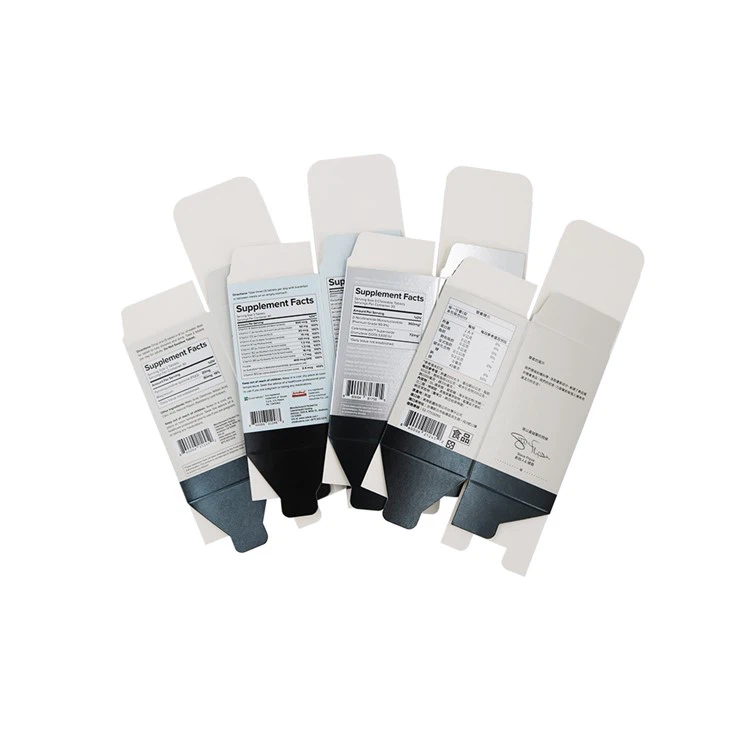Hey there! I'm a supplier of lock bottom card boxes, and today I wanna chat about the temperature - resistance properties of these nifty boxes.
First off, let's understand what lock bottom card boxes are. They're a type of cardboard box with a unique locking mechanism at the bottom. This design makes them super sturdy and reliable for packing all sorts of stuff. We've got different types, like the Lock Bottom Card Box with Hook, the Lock Bottom Card Box with Safety Lock, and the Standard Lock Bottom Card Box. Each one has its own features, but when it comes to temperature resistance, they share some common traits.
How Temperature Affects Cardboard
Cardboard is made from paper pulp, which is mainly cellulose fibers. When exposed to different temperatures, these fibers can react in various ways. At high temperatures, the cardboard can start to dry out. The moisture in the cardboard evaporates, making the box more brittle. This brittleness can lead to the box cracking or losing its structural integrity.


On the flip side, in cold temperatures, the cardboard can become stiffer. The water in the cardboard freezes, and as it expands, it can put stress on the fibers. If the temperature drops too low and stays there for a long time, the box might even break.
Temperature Resistance of Lock Bottom Card Boxes
Our lock bottom card boxes are designed to handle a decent range of temperatures. Generally, they can withstand normal indoor temperatures just fine. In a typical office or home environment, where the temperature ranges from about 60°F to 80°F (15°C to 27°C), the boxes maintain their shape and strength.
But what about more extreme conditions? Well, for moderately high temperatures, say up to 120°F (49°C), our boxes can hold up for a short period. The key here is that it's a short - term exposure. If the box is in a hot warehouse for a few hours during a summer heatwave, it should still be okay. However, if it's left in that heat for days on end, the cardboard will start to show signs of wear. The edges might start to curl, and the locking mechanism could become less effective.
When it comes to cold temperatures, our lock bottom card boxes can handle down to about 20°F (-7°C). At this temperature, the box might be a bit stiffer, but it won't immediately break. If you're using the boxes to store items in a cold garage during the winter, they should be able to protect your stuff.
Factors That Affect Temperature Resistance
There are a few things that can influence how well our lock bottom card boxes resist temperature. The thickness of the cardboard is a big one. Thicker cardboard generally has better temperature resistance. It has more fibers to hold the box together, and it can retain moisture better, which helps prevent brittleness in the heat.
The type of coating on the box also matters. Some of our boxes have a wax coating. This coating acts as a barrier, reducing the amount of moisture that can enter or leave the box. In hot weather, it slows down the evaporation of moisture, and in cold weather, it can prevent water from seeping in and freezing.
Another factor is the design of the lock bottom. A well - designed locking mechanism can add to the box's overall strength, even when the cardboard is under temperature stress. It helps keep the box closed and maintains its shape.
Testing Our Boxes
We don't just make these claims about temperature resistance without testing. We put our lock bottom card boxes through a series of temperature tests. In our lab, we have chambers where we can control the temperature and humidity. We expose the boxes to different temperature ranges for set periods of time and then check their condition.
We look for things like changes in shape, the strength of the locking mechanism, and any signs of damage to the cardboard. Based on these tests, we've been able to determine the temperature limits that our boxes can handle.
Applications Based on Temperature Resistance
Because of their temperature - resistance properties, our lock bottom card boxes have a wide range of applications. For businesses that need to store products in normal indoor conditions, they're perfect. Retailers can use them to store inventory in their backrooms.
In industries where short - term exposure to moderate heat or cold is possible, our boxes are also a great choice. For example, food delivery services can use them to transport food. The boxes can protect the food during transit, even if the delivery vehicle gets a bit hot or cold.
Conclusion and Call to Action
So, there you have it. Our lock bottom card boxes have a good level of temperature resistance, making them suitable for many different applications. Whether you need to store items in a normal environment or deal with short - term temperature variations, our boxes can do the job.
If you're interested in our lock bottom card boxes, whether it's the Lock Bottom Card Box with Hook, the Lock Bottom Card Box with Safety Lock, or the Standard Lock Bottom Card Box, we'd love to talk to you. We can provide you with more detailed information about the boxes and how they can meet your specific needs. Reach out to us to start a discussion about your procurement requirements.
References
- "Handbook of Paper and Wood Chemistry and Technology", which provides in - depth knowledge about the properties of cardboard and how it reacts to different environmental conditions.
- Our internal testing reports on the temperature resistance of lock bottom card boxes, which document the results of our lab tests.




